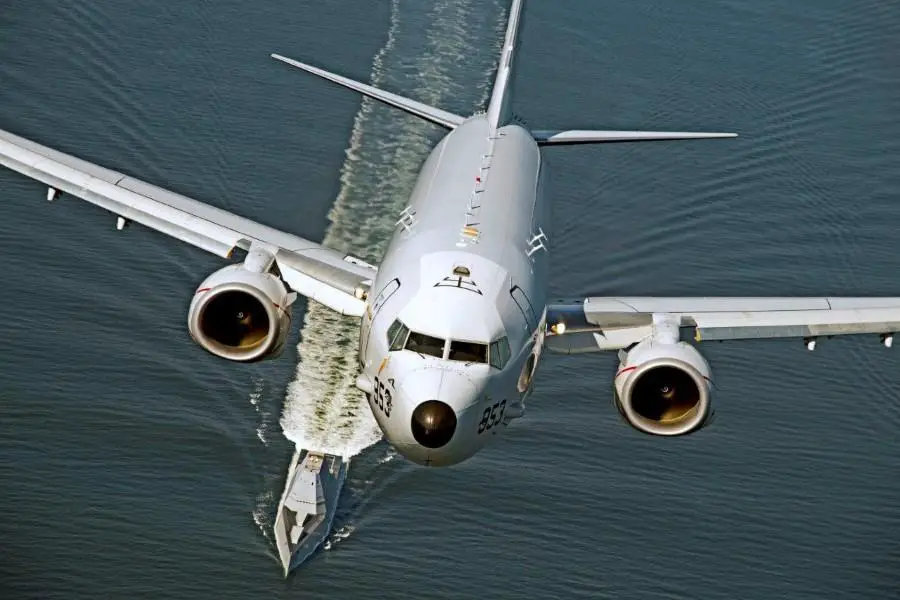The Boeing Co., Huntington Beach, California, is awarded a $94,902,277 cost-plus-fixed-fee, indefinite-delivery/indefinite-quantity contract. This contract provides engineering services and supplies, to include capability defect package fixes and acoustic software improvement efforts in support of the continued development and sustainment of the P-8A Acoustic Operational Flight Program. Work will be performed in Huntington Beach and is expected to be completed in January 2027. This contract was not competitively procured pursuant to 10 U.S. Code 2304(c)(l). The Naval Air System Command, Patuxent River, Maryland, is the contracting activity.
The Boeing P-8 Poseidon (formerly Multimission Maritime Aircraft) is an American maritime patrol aircraft developed and produced by Boeing Defense, Space & Security, modified from the 737-800ERX. It was developed for the United States Navy (USN). The P-8 operates in the anti-submarine warfare (ASW), anti-surface warfare (ASUW), and shipping interdiction roles. It is armed with torpedoes, Harpoon anti-ship missiles, and other weapons, can drop and monitor sonobuoys, and can operate in conjunction with other assets, including the Northrop Grumman MQ-4C Triton maritime surveillance unmanned aerial vehicle (UAV).

The P-8 fuselage is similar to, but longer than, the 737-700-based C-40 Clipper transport aircraft in service with the USN. The P-8 has a strengthened fuselage for low-altitude operations and raked wingtips similar to those fitted to the Boeing 767-400ER, instead of the blended winglets available on 737NG variants.[38]The P-8 is operated by the United States Navy, the Indian Navy, the Royal Australian Air Force (RAAF), and the UK’s Royal Air Force (RAF). It has also been ordered by the Royal Norwegian Air Force (RNoAF), the Royal New Zealand Air Force (RNZAF), the Republic of Korea Navy (ROKN), and the German Navy.
The P-8 features the Raytheon APY-10 multi-mission surface search radar; the P-8I features an international version of the APY-10. Unlike the preceding P-3, the P-8 lacks a magnetic anomaly detector (MAD) due to its higher operational altitude; its acoustic sensor system is reportedly more effective at acoustic tracking and thus lacking a MAD will not impede its detection capabilities. Various sensor data are combined via data fusion software to track targets. During the P-8A Increment 2 upgrade in 2016, the APS-149 Littoral Surveillance Radar System (LSRS) will be replaced by the Advanced Airborne Sensor radar.















